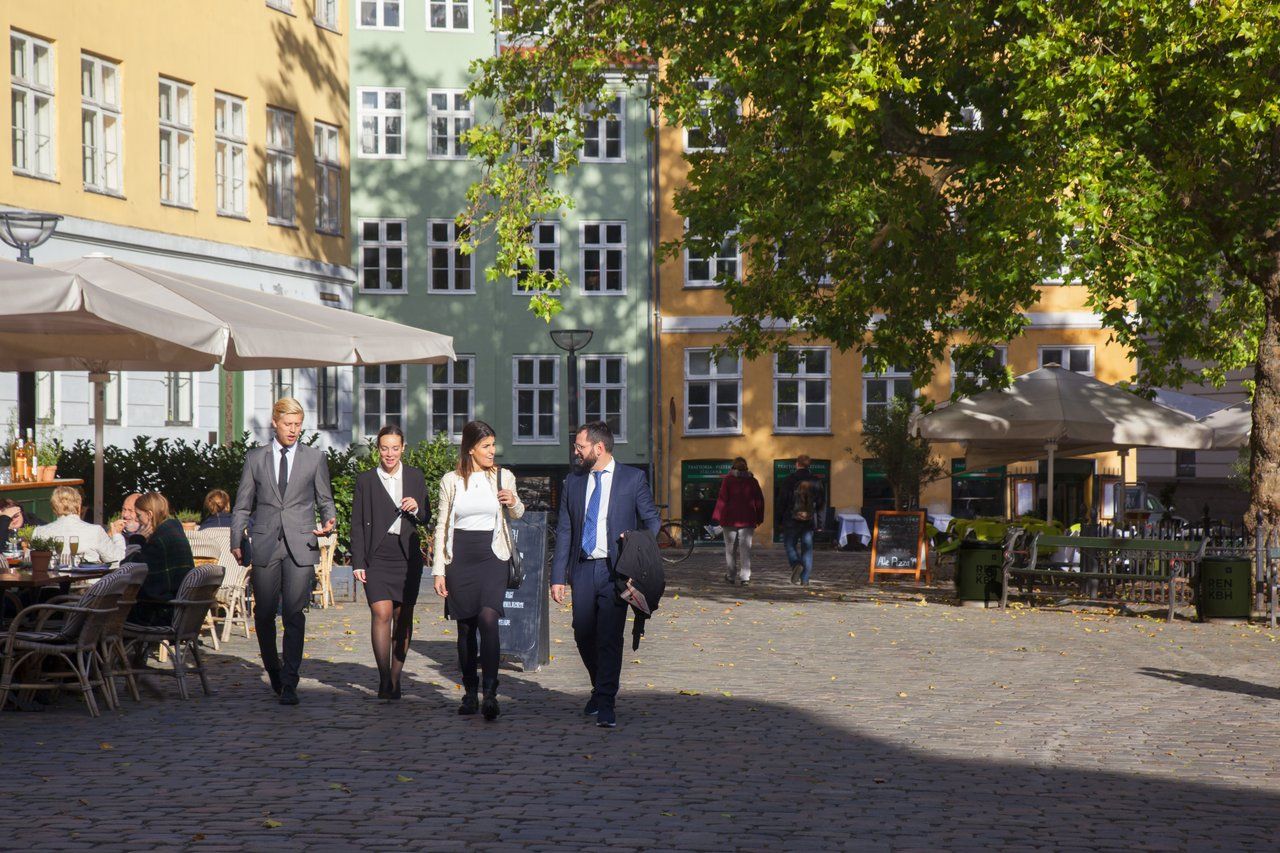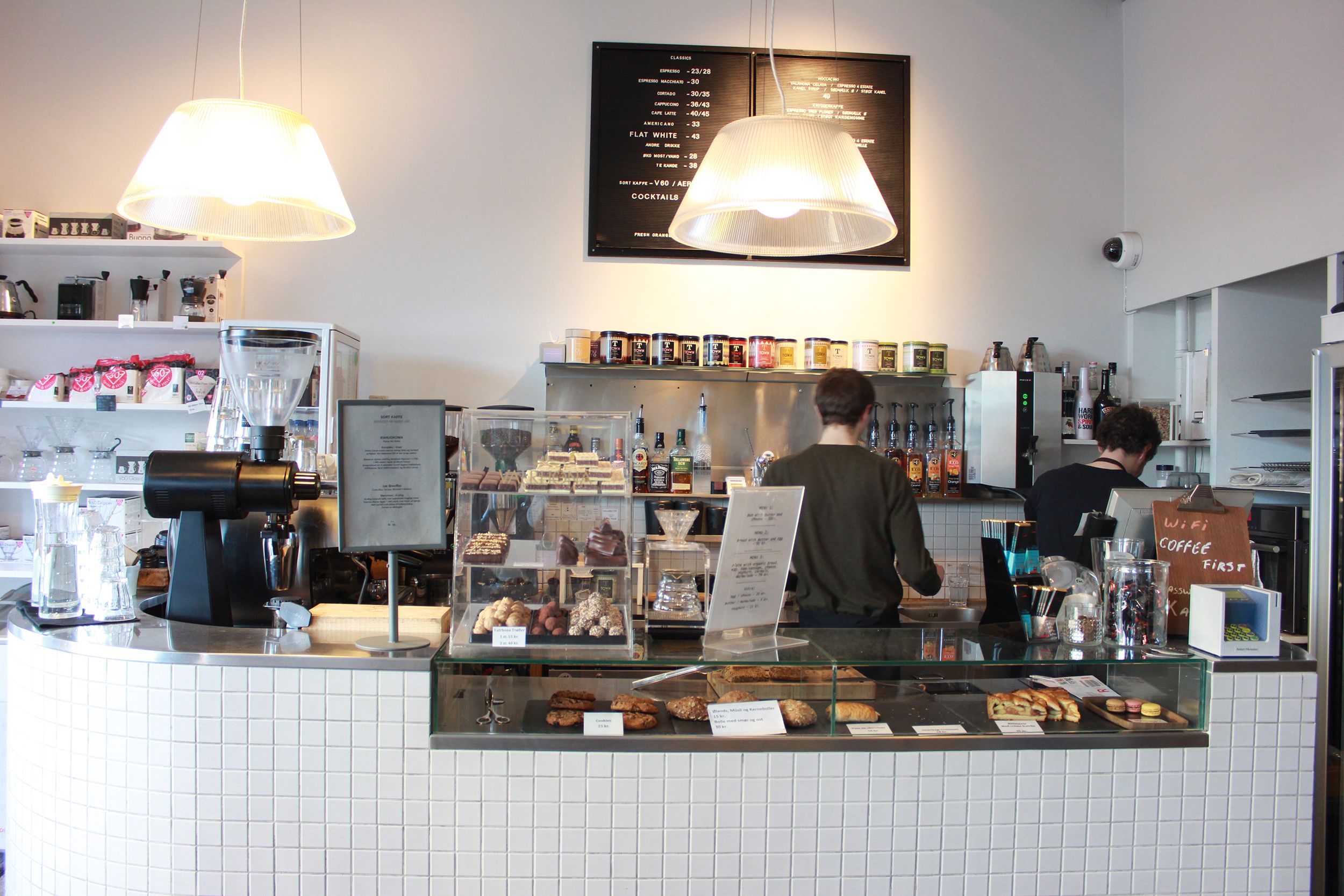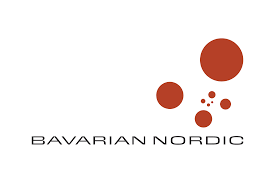In our supermarket we can find Corona beer on sale at a 50 percent discount. In the international arena, we have witnessed a 200 percent jump in hysteria spreading faster than the Coronavirus itself.
Much worse than flu?
We have seen a virus, originating literally from the middle of China, spread all over the world by millions of travellers. And thousands have died – well, nearly three.
But in our panic we are doing our best to ignore the voices of reason. One such pragmatist, a scientist in Italy, has been raising hers. “Calm down,” she has told the few who will listen. “It is just flu – and not even a serious one.”
The numbers stack up. With a mortality rate of 2-3 percent, it carries the same likelihood of killing somebody as normal seasonal flu, which many Danes are rightly vaccinated against.
And it’s not just anybody who’s at risk, as the only people who carry a reasonable chance of dying are the elderly, infants, and people with chronic illnesses.
Media’s gloomy focus
Most healthy people develop the necessary antibodies and recover, but the media don’t seem to care.
They are only focusing on the growing number of infections and rarely tell us about the huge numbers who have fully recovered and are now immune to the virus.
The over-reaction we are seeing is creating a lot of disruption: to transport and travel plans as borders are closed, to major events as they are postponed or cancelled, and to bilateral trade.
Thousands of goods are also stranded, both on the roads in China and at the major ports, as supply lines across the globe grind to a halt, and shares are in freefall.
However, interest rates and petrol prices are also falling, so the world will survive. In fact, the whole episode has been an eye-opener to how sensible infrastructure and logistics have become.
At this stage we can remain confident that the virus will leave its mark for a while, but will probably soon be forgotten.
Time for central ground
Back home, our famous Danish solidarity could be put to the test if events like those seen in countries like Italy unfold here.
Specifically, the Robin Hood ethos of ‘Udligningsordningen’ – taking from the rich in the cities to give to the poor in the country – will come to the fore.
For the government, this will further force its hand to reach across the political spectrum and find a new main ally in Venstre, as a crisis will require an even-handed approach with no room for trivialities on the left or the right.
In the meantime, with springtime approaching, and festivities planned to mark her majesty’s 80th birthday and the centenary of Nordslesvig becoming Sønderjylland, there is plenty to look forward to.
Remember to always look on the bright side of life!














